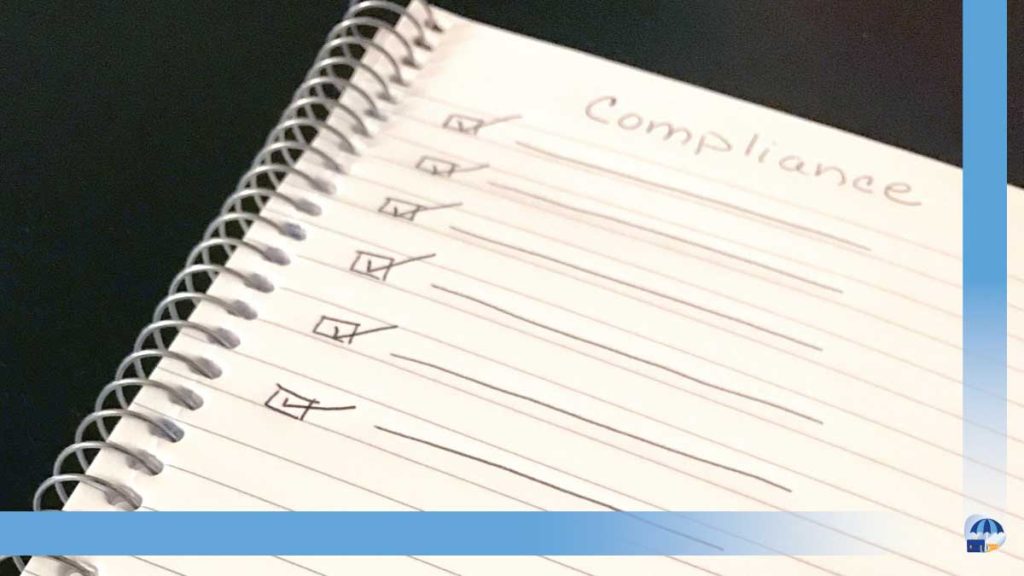Discover how the compliance officer plays a crucial role in corporate risk management, ensuring the integrity and sustainability of organizations.
In today’s business environment, corporate risk management is essential to maintaining the long-term stability and success of any organization. The compliance officer plays a critical role in this process, ensuring that the company complies with all applicable laws, regulations and standards. This article explores how compliance officers help manage and mitigate risks within organizations, protecting their integrity and sustainability.
Definition and responsibilities of the Compliance Officer in corporate risk management
A compliance officer is a professional responsible for overseeing and managing regulatory compliance within an organization. His or her responsibilities include:
- Develop and update policies and procedures that ensure compliance with applicable laws and regulations.
- Conduct risk assessments to identify and mitigate potential areas of non-compliance.
- Train employees on compliance policies and the importance of adhering to them.
- Monitor and audit company activities to detect and correct any violations of standards.
- Report to senior management and the board of directors on compliance risks and measures taken to mitigate them.
- Foster a culture of compliance within the organization, ensuring that all employees understand and value the importance of acting ethically and legally.
Identification and assessment of corporate risks
One of the most important roles of the compliance officer is the identification and assessment of risks. This involves:
- Conduct internal audits to assess current practices and identify areas for improvement.
- Analyze the regulatory environment to identify new laws or changes in regulations that could affect the organization.
- Develop risk matrices that classify risks based on their likelihood and impact, allowing you to prioritize the areas that require more attention.
Corporate Risk Mitigation
Once risks have been identified, the compliance officer must develop strategies to mitigate them. This may include:
- Establishment of internal controls to ensure that all operations are carried out in accordance with company policies.
- Implementation of monitoring systems to detect violations in real-time and take immediate corrective action.
- Development of contingency plans that allow the company to respond quickly to any incident of non-compliance.
Training and Awareness
Employee education and awareness are crucial to an effective compliance program. The compliance officer should:
- Organize regular training sessions covering compliance policies, individual responsibilities, and consequences of non-compliance.
- Provide educational resources such as manuals, online courses, and seminars to keep employees informed and engaged in compliance.
- Foster a culture of transparency where employees feel comfortable reporting violations and asking questions about compliance policies.
Monitoring and auditing
Ongoing monitoring and audits are essential to ensure that compliance policies are correctly implemented and followed. The compliance officer should:
- Conduct internal and external audits to assess the effectiveness of compliance policies and detect any violations.
- Implement automated monitoring systems that provide real-time alerts on potential non-compliance.
- Regularly review and update compliance policies and procedures based on audit and monitoring results.
Report and communication
The compliance officer must keep senior management and the board of directors informed about the status of compliance and associated risks. This includes:
- Prepare periodic reports detailing compliance activities, identified risks and measures taken to mitigate them.
- Present these reports at senior management and board meetings to ensure that all levels of the organization are aware of compliance issues.
- Recommend corrective actions and improvements to compliance policies based on audit and monitoring findings.
Fostering a culture of compliance
Finally, the compliance officer must work to foster a culture of compliance within the organization. This involves:
- Lead by example, demonstrating a personal commitment to compliance policies and business ethics.
- Encourage ethical behaviour and compliance through recognition and rewards programs.
- Create a work environment where employees feel responsible for acting ethically and in accordance with company policies.
Conclusion
The compliance officer plays a crucial role in corporate risk management. By identifying and assessing risks, developing mitigation strategies, training employees, monitoring and auditing activities, and reporting to senior management, these professionals ensure that organizations operate in an ethical and legal manner. By fostering a culture of compliance, compliance officers not only protect their companies from legal penalties and reputational damage, but also contribute to creating a more transparent, accountable, and sustainable work environment.


